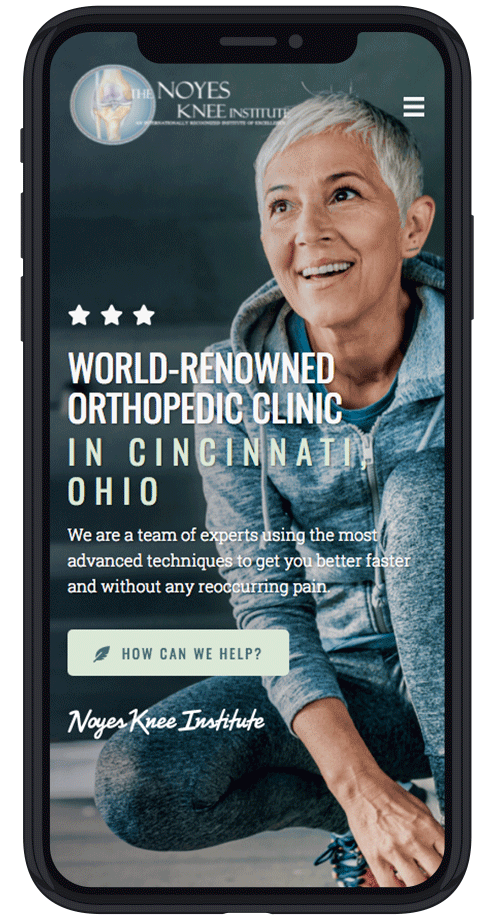Published On
Category
Whether you have been an avid runner for years or have recently decided to take up the sport to improve your health, you need to know that running can take a toll on your knees if you don’t take steps to avoid injuries. Almost 80 percent of runners experience an injury each year, and many of these injuries involve the knees.
When you run, your knees are subjected to a force of about 5 to 12 times your body weight. This force can take a toll on your knees, which are some of the most easily injured joints in the human body.
The most common knee injuries experienced by runners include patellofemoral pain syndrome (runner’s knee), patellar tendinitis (jumper’s knee), iliotibial band syndrome, and meniscus injury. Over time, running without taking steps to avoid putting extra stress on your knees can also contribute to knee osteoarthritis.
Read on to learn how to prevent knee injuries while running.
1. Maintain Proper Form
While the force your knees are subjected to while you run depends in part on your running speed, your running form also affects this force. You can limit the force exerted on your knees while running by maintaining proper form.
To maintain proper running form:
- Keep your strides short.
- Make sure your foot strikes under your knee.
- Keep your elbows bent at 90 degrees or less.
- Keep your hands relaxed.
- Keep your back straight.
Maintaining proper form will help you avoid not only knee injuries but also other common running injuries.
2. Choose Proper Footwear
Another way to protect your knee health while running is to wear the proper footwear. To decide which running shoes are best for you, first determine whether your feet are flat, have high arches, or are “neutral,” which means their arches lie somewhere in the middle.
If you have high arches, then it is important to choose a shoe with plenty of cushioning. If you have flat feet, choose a shoe with a firmer insole. If you have neutral arches, then look for a shoe with an insole that is semi-firm.
Also ensure that your shoes leave about 1/4 inch to 1/2 inch of space between your toes and the front edge of the shoe. This will give your toes the room they need to “splay out,” an effect that helps your feet support your body as you run.
3. Work Strength Training Into Your Workout Routine
It is also important to work strength training into your workout routine so you can avoid common knee injuries. Factors such as muscle imbalances and weakness in your core muscles can lead to running injuries.
Although it is important to work all muscles during your strength-training routine, it is especially important to work the muscles of your core, glutes, and-surprisingly-your big toe. The muscle in this toe, called the flexor hallucis brevis, helps stabilize your entire foot while you run, and strengthening it can help keep your feet more stable.
4. Warm Up Properly Before Each Run
Be sure to perform a proper warmup before each run to prevent knee injuries.
While running warm-up routines vary, it is a good idea to start by walking for 3 to 5 minutes and then add a few timed strides into your walk. After your muscles have warmed up, it is then a great time to stretch.
Instead of performing static stretches where one position is held for a long period of time, perform dynamic stretches. Performing static stretches before a run can actually hinder your running performance and increase your chances of injury.
Dynamic stretching involves gently moving a muscle group repeatedly, which stretches the muscles slowly and improves their range of motion. While it is a good idea to stretch all muscles before running, it is especially important to stretch all muscles in your legs and glutes.
Whether you have just begun running or are already an avid runner, follow these tips to avoid knee injuries that many runners experience. If you suspect you may have a knee injury caused by running, then visit The Noyes Knee Institute for an expert diagnosis and treatment.

